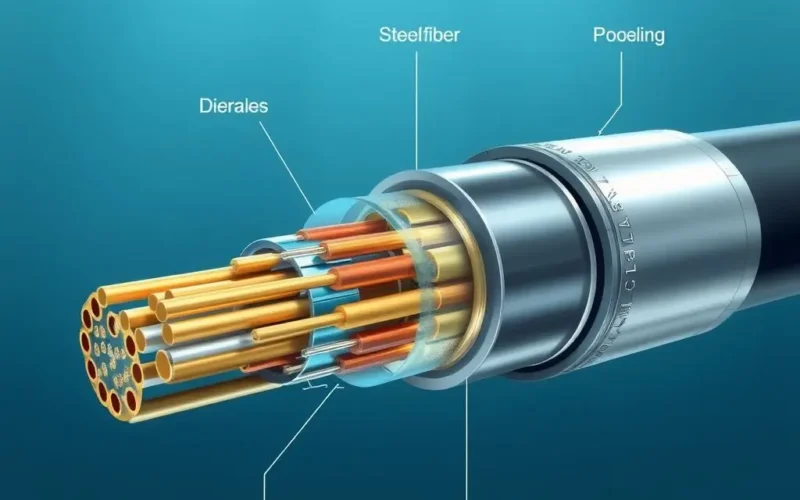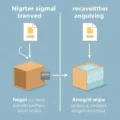Ever paused to ponder the invisible threads that weave our global digital tapestry? We’re talking about the colossal network of internet cables sprawling across the vast, mysterious ocean floor. It’s a realm teeming with life, and some of it, like the ocean’s apex predators – sharks – might seem like a formidable threat to these delicate data conduits. But how exactly do these essential lifelines of our interconnected world manage to survive shark encounters?
It’s not a matter of luck or aquatic magic; it’s a triumph of pure, unadulterated engineering genius! Your cat videos, urgent emails, and crucial video calls don’t just magically traverse the globe. They travel through what can only be described as a multi-layered fortress, meticulously designed to withstand the crushing pressures of the deep, the corrosive effects of saltwater, and yes, even the occasional curious nibble from a toothy resident.
Before we dive deeper into the astonishing anatomy of these underwater marvels, take a moment to watch our quick explainer video. It perfectly captures the essence of this engineering feat and will give you a fantastic visual overview:
Table of Contents
The Anatomy of Resilience: Peeling Back the Layers of a Submarine Cable
To truly appreciate how these cables endure, one must understand their intricate construction. Far from being simple wires, submarine internet cables are sophisticated, multi-layered cylinders, each layer serving a critical function in protecting the fragile optical fibers within. Think of them as high-tech, deep-sea armor.
Let’s dismantle a typical armored submarine cable, layer by protective layer:
- Optical Fibers: The Data Superhighway (Core)
At the very heart of the cable lie hair-thin strands of pure glass – the optical fibers. These are the true conduits of data, transmitting information as pulses of light. They are incredibly delicate but remarkably efficient. A single cable can contain anywhere from a few to hundreds of these fibers. - Polycarbonate/Elastomer Layer: First Line of Defense
Encasing the optical fibers is a layer of polycarbonate or elastomer. This provides the initial structural integrity and cushions the fibers from external shocks, preventing micro-bends that could disrupt light transmission. - Copper or Aluminum Tube: Power & Shielding
Surrounding the fiber-optic core is a sealed copper or aluminum tube. This tube serves a dual purpose: it acts as a hermetic seal, keeping water out, and it often functions as an electrical conductor to power repeater units spaced along the cable’s length (necessary for boosting the optical signal over long distances). - Petroleum Jelly (Hydrophobic Compound): Water Blockade
The spaces within the copper/aluminum tube, around the fibers, are typically filled with a hydrophobic, water-blocking compound like petroleum jelly. This seemingly simple substance is crucial; it prevents water from migrating along the cable’s length if the outer layers are breached, isolating any damage. - Steel Strands/Wire Armor: The Muscle
This is where the true “fortress” aspect comes into play. Multiple layers of high-strength steel wires are helically wound around the inner core. These strands provide immense tensile strength, protecting the cable from crushing forces, abrasion, and yes, the gnawing curiosity of marine life. Cables deployed in shallower waters (where risks from fishing trawlers, anchors, and higher marine activity are greater) receive even heavier armor, sometimes with double or triple layers of steel. - Mylar Tape: Binding & Reinforcement
Often, Mylar tape is wrapped around the steel armor layers. This isn’t just for show; it helps to bind the steel wires together, preventing them from unraveling and adding an extra layer of structural stability. - Outer Polyethylene Jacket: The Ultimate Shield
The outermost layer is a thick, robust jacket of polyethylene. This tough polymer provides insulation, protects against abrasion, chemical degradation from saltwater, and offers the final layer of defense against environmental elements. It’s designed to be incredibly durable and resistant to impact.
Each of these layers contributes to a cable’s extraordinary resilience, allowing it to withstand extreme pressures up to 8,000 meters deep, survive temperatures near freezing, and endure the constant movement of ocean currents.
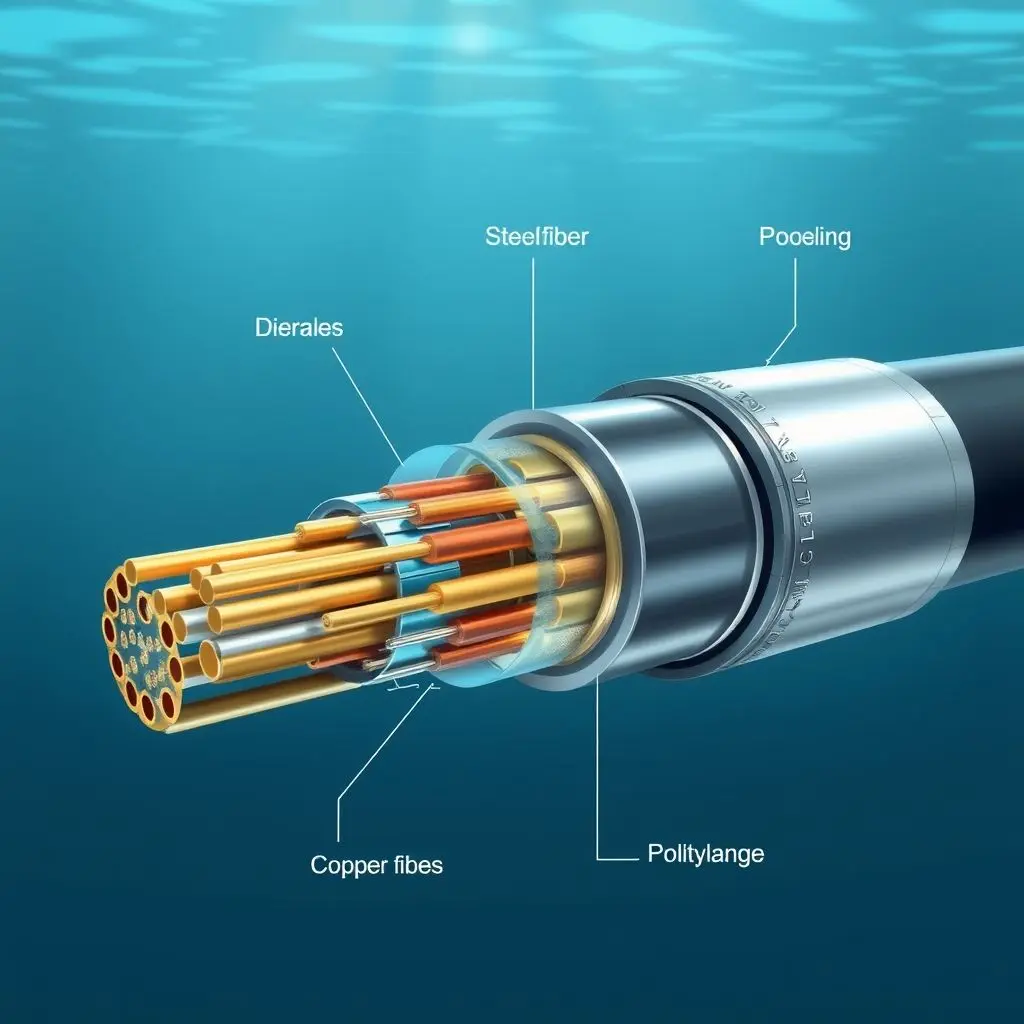
Shark’s Curious Nibble: Separating Fact from Fiction
The image of a shark deliberately “attacking” an internet cable to sever our connection is a dramatic one, often fueled by sensationalized media. While it’s true that sharks have, on occasion, interacted with these cables, the reality is far less malicious and much more about curiosity or instinct.
It’s Not About Hunger for Data (or Copper)
Sharks are apex predators, and their diet consists of fish and other marine animals, not synthetic polymers or metallic conductors. They don’t mistake cables for food. Likewise, the old urban legend that sharks are attracted to the copper inside cables is largely unfounded. While copper is a good conductor, it’s typically enclosed within layers of insulation, and the amounts involved aren’t a primary attractant.
The Electromagnetic Field Hypothesis
The prevailing scientific theory points to electromagnetic fields (EMF) as the primary reason for shark-cable interactions. Submarine cables carry electrical current to power the signal repeaters – essential devices that amplify the light pulses over long distances. Sharks possess highly sensitive electroreceptors called ampullae of Lorenzini, which they use to detect the faint electrical fields generated by the muscle movements of their prey. The low-frequency EMF emitted by power-carrying cables can mimic these natural bio-electric fields, making the cable appear as something potentially interesting – or even edible – to a curious shark.
In essence, a shark might approach a cable out of a natural investigative instinct, perhaps giving it a “test bite” to determine if it’s prey. These “bites” are usually exploratory, not destructive, and the vast majority of cables remain unharmed due to their robust design.
Rare and Minor Incidents
Incidents of shark damage are exceedingly rare when compared to the thousands of kilometers of cable laid globally. When they do occur, they typically involve shallower waters where cables are less protected, or specific “hotspots” of shark activity. Even then, the thick armor usually prevents significant damage to the optical fibers within. Google, a major investor in submarine cables, has publicly acknowledged these rare occurrences, noting that while sharks do “bite” cables, their armored designs largely mitigate any real threat.
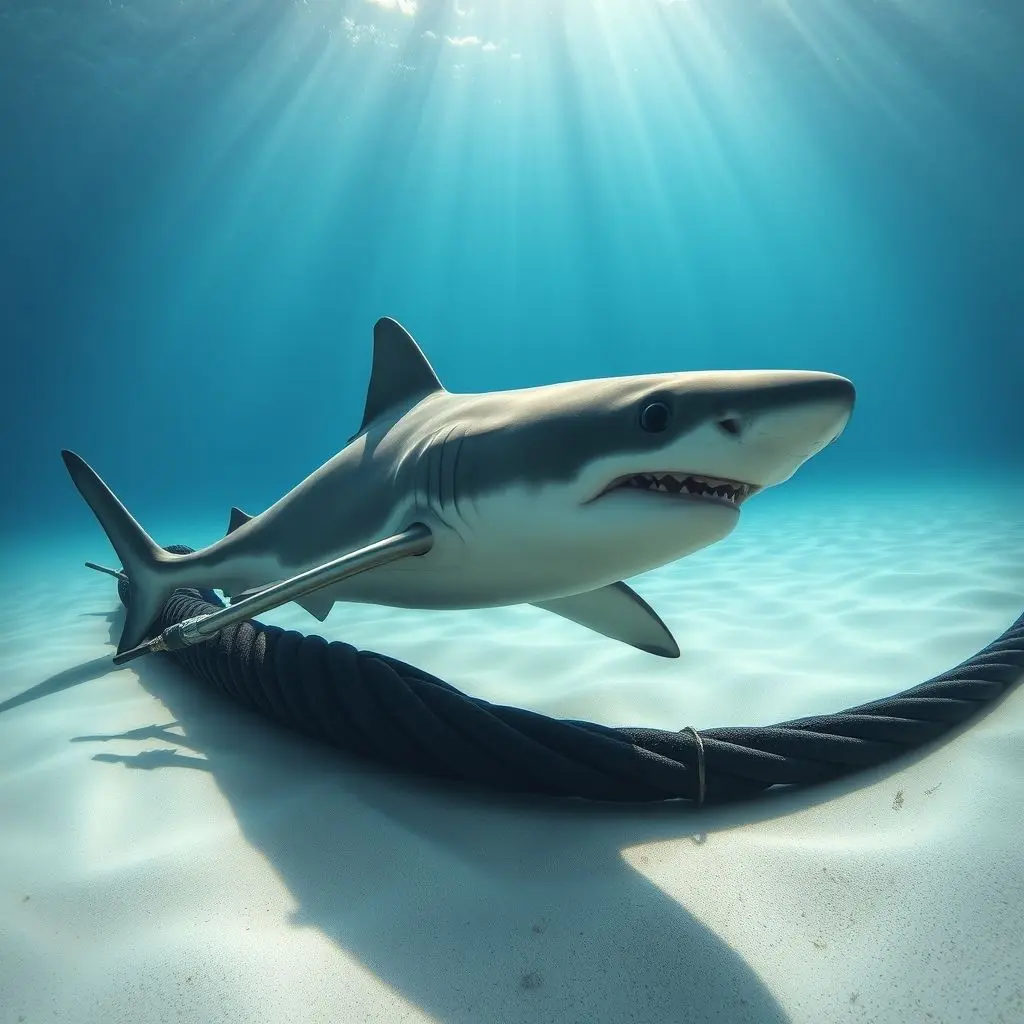
Engineered for Endurance: Evolution and Mitigation Strategies
The resilience of modern submarine cables isn’t a happy accident; it’s the result of decades of continuous research, development, and lessons learned from early cable designs. Engineers have tirelessly refined these subterranean lifelines to cope with every conceivable threat, natural or otherwise.
Strategic Armor Deployment
One of the most crucial mitigation strategies is the varying degree of armor applied based on the cable’s deployment location. As mentioned, cables laid in continental shelf waters (typically less than 1,000 meters deep) are exposed to more human activity (fishing, anchoring) and higher concentrations of marine life. These cables receive the most substantial protection – often double or even triple layers of steel wire armor. In contrast, cables in the ultra-deep ocean (abyssal plains) where conditions are more stable and marine life sparse, might be lightly armored or unarmored, as the primary threat there is immense pressure, which the cable’s core structure is already designed to withstand.
Burial and Route Planning
In coastal areas and shallower waters, cables are often buried beneath the seabed using specialized plows pulled by cable-laying ships. This burial provides an additional layer of protection against accidental damage from anchors, fishing trawls, and indeed, curious marine creatures. Furthermore, meticulous route planning is critical. Engineers go to great lengths to avoid:
- Active seismic zones and underwater fault lines prone to earthquakes and landslides.
- Major shipping lanes and areas of intense fishing activity.
- Known areas of high marine animal concentration, where possible.
Continuous Monitoring and Rapid Response
Even with robust designs and careful planning, incidents can occur. Cable operators employ sophisticated monitoring systems that can detect even minute changes in light signal strength, pinpointing the location of a fault with remarkable accuracy. Should a break occur (which is most commonly due to fishing gear or anchors, not sharks), a highly specialized cable repair ship is dispatched. These vessels, equipped with remotely operated vehicles (ROVs) and grapples, retrieve the damaged sections, splice in new cable, and restore service. This redundancy in the global network, where data can be rerouted through alternative cables, ensures minimal disruption to internet services during a repair.
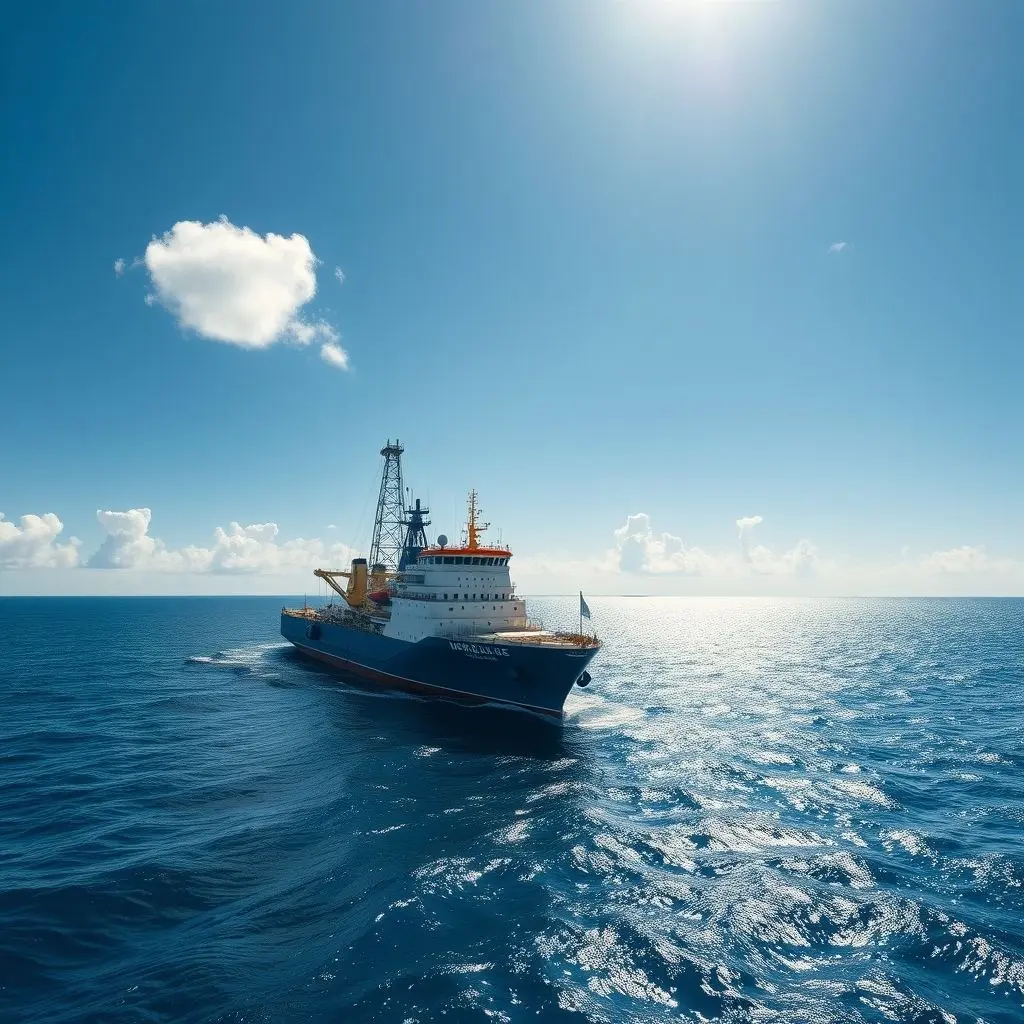
Beyond the Bite: The Real Threats to Submarine Cables
While sharks make for a compelling narrative, they are statistically a negligible threat to submarine internet cables. The vast majority of cable faults stem from far more mundane, yet persistent, dangers. Understanding these real threats provides a more complete picture of the challenges faced by this vital infrastructure.
Human Activity: The Foremost Culprit
Overwhelmingly, human activities account for the majority of submarine cable failures.
- Fishing Trawlers: Commercial fishing operations, particularly bottom trawling, can snag and sever cables with their heavy nets and gear.
- Ship Anchors: Large ships dropping or dragging their anchors, especially in busy ports or restricted zones, are a frequent cause of accidental cuts. While anchors cause less than 10% of global damage incidents, they often lead to serious breaks due to the sheer force involved.
- Dredging and Construction: Coastal development, port expansions, and offshore energy projects can inadvertently damage cables if proper surveys and precautions are not taken.
Data consistently shows that over 70% of all cable faults are attributable to fishing and anchoring activities. This underscores the importance of precise cable mapping and robust communication between cable operators and maritime industries.
Geological and Environmental Hazards
Nature itself, in its powerful and unpredictable forms, poses significant threats:
- Earthquakes and Underwater Landslides: Seismic activity on the ocean floor can trigger massive turbidity currents (underwater avalanches of sediment) that possess immense destructive power, easily snapping cables in their path.
- Turbidity Currents: These fast-moving flows of sediment and water, often triggered by earthquakes or even river outflows, can scour the seabed, burying or breaking cables.
- Volcanic Activity: In areas with active underwater volcanoes, lava flows or eruptions can melt or sever cables.
- Strong Currents and Abrasion: Over time, constant strong currents can cause cables to rub against rocky outcrops on the seabed, leading to abrasion and eventual failure, especially in areas not perfectly flat.
Intentional Damage or Sabotage (Rare but Not Impossible)
While extremely rare and difficult to execute without sophisticated equipment, the possibility of intentional damage or sabotage exists. Given the critical importance of these cables to global communication and economies, they represent a potential target in geopolitical conflicts. However, the sheer depth, vastness of the oceans, and the redundancy built into the global network make large-scale, disruptive attacks incredibly challenging.
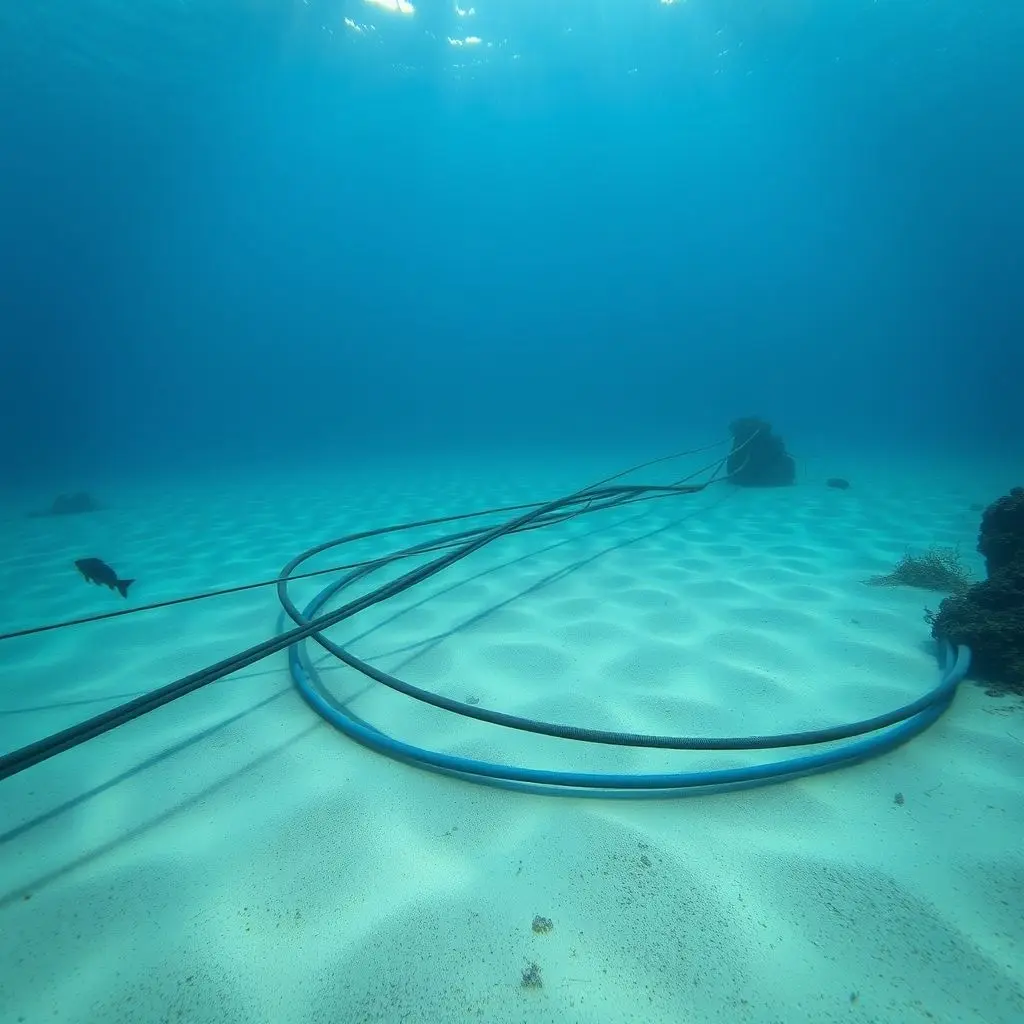
The Unsung Heroes of Global Connectivity
When you stream a movie, video call a friend across continents, or simply refresh a webpage, remember the incredible journey that data takes. It plunges thousands of meters beneath the waves, navigating treacherous terrain and enduring immense pressures, all while being encased in a marvel of engineering designed to withstand the curious nibbles of sharks and the far more damaging forces of human activity and nature.
These submarine internet cables are truly the unsung heroes of our digital age. Their intricate design, strategic deployment, and the diligent efforts of engineers and repair crews ensure that our world remains seamlessly connected. It’s a testament to human ingenuity – a silent, resilient network that quietly powers nearly every aspect of our modern lives.
Frequently Asked Questions About Submarine Cables
Q1: How common are shark attacks on submarine internet cables?
A: Extremely rare. While sharks have occasionally investigated or nibbled cables, instances of significant damage are few and far between. The robust multi-layered armor of the cables is highly effective at preventing any serious breach to the optical fibers.
Q2: What happens if an underwater internet cable breaks?
A: When a cable breaks, data traffic is automatically rerouted through other cables in the vast global network. This redundancy ensures minimal disruption to internet services. Specialized cable repair ships are then dispatched to locate the break, retrieve the damaged section, splice in new cable, and restore the connection.
Q3: Are all submarine cables protected the same way?
A: No. The level of protection varies significantly based on the cable’s deployment location. Cables in shallower, high-traffic coastal waters (where risks from fishing and anchoring are higher) are heavily armored, often with double or triple steel layers. Cables laid in the deep ocean, where threats are fewer, might be more lightly armored or even unarmored.
Q4: How long do submarine internet cables typically last?
A: Submarine cables are designed for a long operational lifespan, typically around 25 years or more. Their robust construction and careful installation contribute to their durability, though specific conditions and incidents can affect individual cable lifespans.
